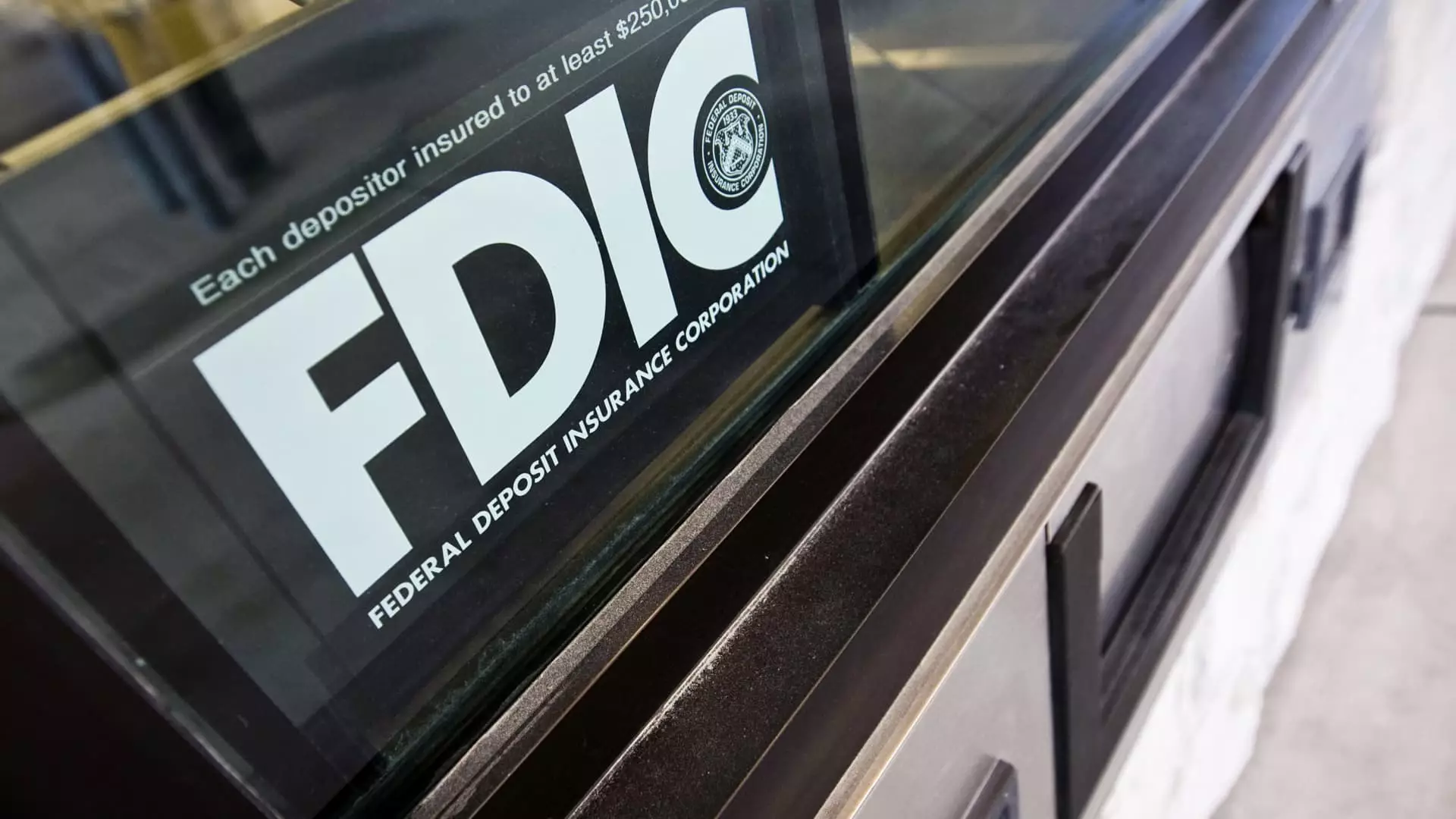The new administration led by President-elect Donald Trump is poised to initiate significant shifts in the federal regulatory landscape, particularly concerning financial institutions. With the president preparing for his second nonconsecutive term, there are indications that several federal agencies may face restructuring or even elimination. This potential overhaul raises pressing questions about the future of major institutions like the Federal Deposit Insurance Corporation (FDIC) and the Consumer Financial Protection Bureau (CFPB).
In appointing prominent figures such as Elon Musk and Vivek Ramaswamy to spearhead a newly formed advisory board—the Department of Government Efficiency (DOGE)—the administration is signaling a strong desire to streamline government operations. This board aims to identify redundancies among federal agencies and explore options for downsizing or dismantling certain regulatory bodies. For example, discussions have emerged about the future of the FDIC, which has been a critical component of the U.S. banking system since the Great Depression, ensuring that depositors remain protected in the event of bank failures.
Although the concept of reducing the number of regulatory bodies is appealing from a bureaucratic efficiency standpoint, it raises significant alarm among financial experts and consumer advocates. The FDIC’s role in securing deposits up to $250,000 has been crucial in maintaining public trust in the banking system. The institution’s track record, which boasts no loss of insured funds due to bank failures over nearly a century, underscores its value during periods of economic volatility.
Proponents of dismantling certain agencies argue that efficiency could be enhanced without compromising the core functions of financial oversight. Economists like Tomas Philipson suggest that consolidating responsibilities—assigning deposit insurance oversight to the Treasury Department instead of maintaining the FDIC—may lead to enhanced governmental efficiency. However, this perspective fails to acknowledge the nuanced responsibilities that the FDIC fulfills as an independent entity, separate from political pressures that the Treasury may be subject to.
Opposition voices, including William Isaac, a former FDIC chairman, caution against such drastic measures. They argue that erasing the FDIC could destabilize the consumer lending system substantially. Additionally, concerns arise about regional banks that rely heavily on the FDIC’s safety net; without it, the lending capabilities of these institutions may shrink, potentially crippling small businesses and altering the landscape of consumer finance.
While the FDIC has been a longstanding institution integral to the banking system’s stability, the CFPB is a relatively recent creation borne out of the 2008 financial crisis. Designed to protect consumers from unfair lending practices, the CFPB has faced its own scrutiny in the ongoing debate about the necessity of regulatory bodies. Although critics argue that the CFPB may not be essential, particularly given that markets thrived prior to its establishment, escalating corporate influence and concentration necessitate vigilant oversight in today’s economy.
Lindsey Johnson from the Consumer Bankers Association argues that reforms to the CFPB are essential, prompting discussions about the agency’s direction under the new administration. As the CFPB investigates emerging financial technologies and payment services, the need for consumer protections remains pressing. While the agency draws funding from the Federal Reserve, somewhat insulating it from direct congressional influence, the broader political climate may prompt shifts that could significantly impact consumer protections in financial services.
As the Trump administration considers restructuring essential regulatory bodies, the implications for consumers and the broader economy warrant careful consideration. Advocates argue that dismantling protective frameworks like the FDIC and CFPB could set a dangerous precedent, endangering the stability that has been meticulously built over decades. The possible erosion of these agencies might leave consumers vulnerable to predatory practices and reduced access to essential financial services.
The dialogue surrounding these proposed changes calls for a balanced approach. Streamlining government operations is imperative, but dismantling critical protective frameworks should not come at the cost of consumer confidence or economic security. Discussions about agency reductions must prioritize preserving the fundamental protections afforded to consumers while exploring avenues to eliminate inefficiencies within the government.
The forthcoming administrative changes in financial regulation will likely spark intense debate. As discussions evolve, the focus must remain on serving not just the efficiencies desired by the government but also on the vital interests of consumers and the long-term health of the financial system. The challenge lies in finding a pragmatic balance—ensuring regulatory oversight remains robust while fostering an environment conducive to innovation and economic growth.

